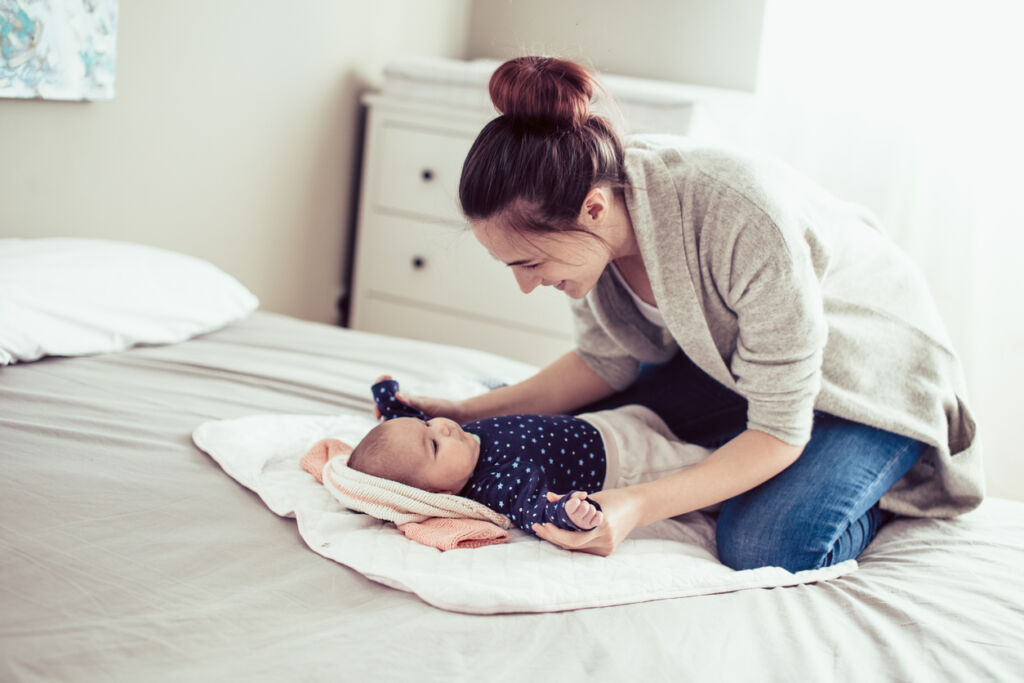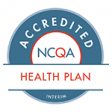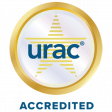
Making Sure Your Baby’s Bed is Safe
Be sure to follow these guidelines about your baby’s sleeping areas to keep your baby safe.
- Use a firm, flat sleep surface.
- A firm surface means that it shouldn’t indent when your baby is lying on it.
- Any surface that inclines more than 10 degrees isn’t safe for your baby to sleep on.
- Place your baby in a crib, bassinet, portable crib or play yard that meets the safety standards of the Consumer Product Safety Commission (CPSC).
- Check the CPSC website to ensure your crib hasn’t been recalled, especially if it’s not new.
- Make sure your crib mattress is designed for your specific crib and that it fits tightly.
- Use a fitted sheet only—nothing else should be in the crib with your baby.
- Don’t use a crib that doesn’t have instructions, is missing hardware or is broken.
You should be familiar with the June 2021 CPSC rule and make sure your baby’s sleeping surface meets these safety standards.
Alternative sleep surfaces are only considered a safe option if they comply with the June 2021 CPSC rule that all infant sleep products must meet the existing federal safety standards for cribs, bassinets, portable cribs or play yards. This includes inclined sleep products, hammocks, baby boxes, in-bed sleepers, baby nests and pods, compact bassinets, travel bassinets, and baby tents. If a product doesn’t meet federal safety standards, avoid it.
What should you do if your baby falls asleep somewhere other than their bed?
If your baby falls asleep in a car seat, stroller, swing, infant carrier or sling, you should move them to a firm sleep surface on their back as soon as possible.
Don’t use products for sleep that aren’t specifically marketed for infant sleep. Examples include Boppy pillows and Dock-a-Tots.
In an emergency, you can temporarily put your baby to sleep in a box, basket, dresser drawer or something similar. It should have thin, firm padding. As soon as you can get a CPSC-approved sleep surface, move your baby to that instead.
Financial Assistance
If you need financial help with baby beds, there are organizations throughout the U.S. that provide low-cost or free sleep surfaces. Check with your local social services agency.
To learn about why it’s unsafe to sleep with your baby, see “Never Sleep With Your Baby.”






